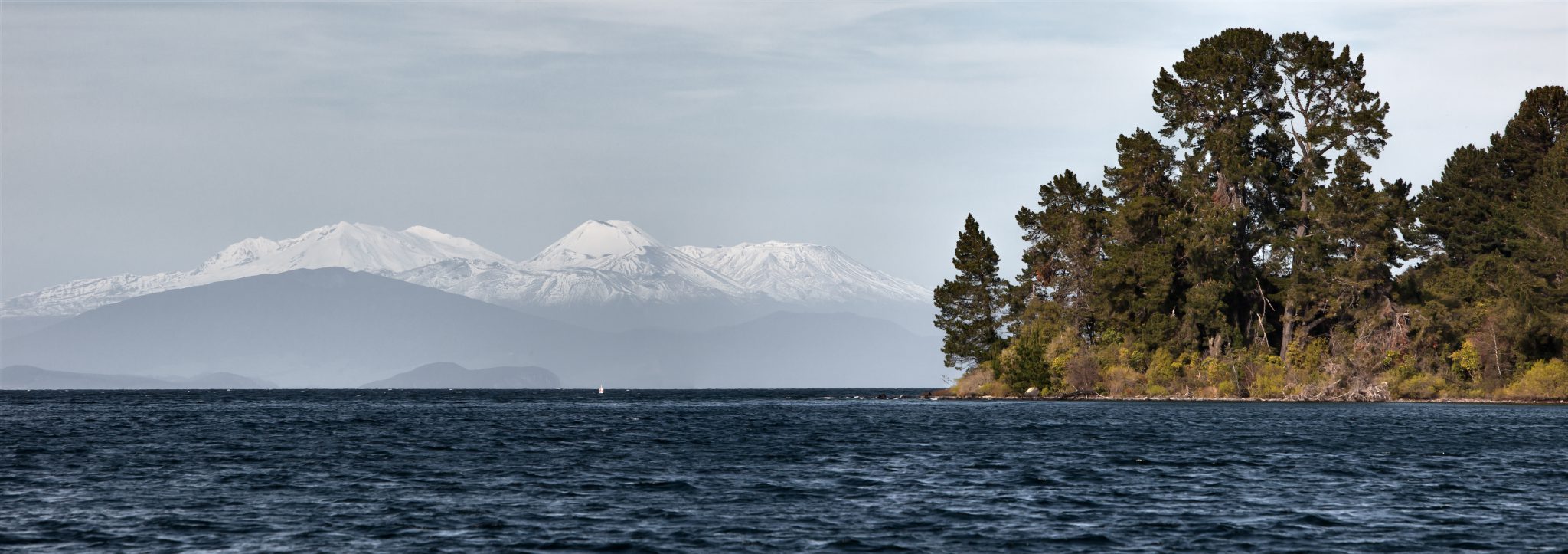Transfer of water quality monitoring functions – FAQ’s (Frequently Asked Questions)
| What’s this all about?
|
The Waikato Regional Council has approved the transfer of certain water quality monitoring functions in relation to Taupō Waters to the Tūwharetoa Māori Trust Board. |
| When did this happen?
|
The Council’s governing body approved the transfer of certain water quality monitoring functions to the Trust Board on 30 July 2020. |
| When does the transfer of functions take place?
|
The transfer of functions from the Council to the Trust Board will take place in September 2020. |
| Has a New Zealand local or regional council ever transferred any of its functions to an iwi authority before?
|
No.
This is a significant and historic milestone in New Zealand’s history. The Council reached a landmark decision on 30 July 2020 to approve the transfer of certain water quality monitoring functions to the Trust Board. |
| Is the transfer of functions from the Council to the Trust Board legal?
|
Yes.
Under the Resource Management Act, a Council can transfer some of its functions to another public authority. |
| Is the Trust Board a ‘public authority?’
|
Yes.
The Trust Board is both an iwi authority and a public authority. |
| What has led to this happening?
|
There a several reasons which have contributed to the Council’s landmark decision – including for example:
· Council’s recognition of Ngāti Tūwharetoa as kaitiaki of Taupō Waters; · A long standing and collaborative relationship between the Council and Trust Board which has spanned many years; · Council’s acknowledgement of the Trust Board’s local knowledge and expertise, and; · Achieving greater operational efficiencies. |
| What are the benefits for Ngāti Tūwharetoa?
|
· Confirming Ngāti Tūwharetoa’s authority as kaitiaki of Taupō Waters;
· Increasing the technical capability and knowledge of our people; · Looking at new opportunities to create employment, and; · Strengthening relationships with key stakeholders to advance the environmental, social, educational and economic objectives of Ngāti Tūwharetoa. |
| Who will pay for the monitoring?
|
The Council will continue to fund the costs associated with transferred water quality monitoring functions to the Trust Board. |
| What does water monitoring actually involve?
|
· Taking water samples from Lake Taupō and its surrounding tributaries;
· Analysing data and results; · Monitoring water quality and the wellbeing of the natural environment; · Alerting the authorities to areas of concern and ensuring action; and · Working collaboratively with government and community stakeholders. |
| Will the results from the Trust Board’s monitoring be publicly available?
|
Yes.
The Trust Board will provide the water quality monitoring results to the Council. The results will be publicly available on the Council’s website. |

